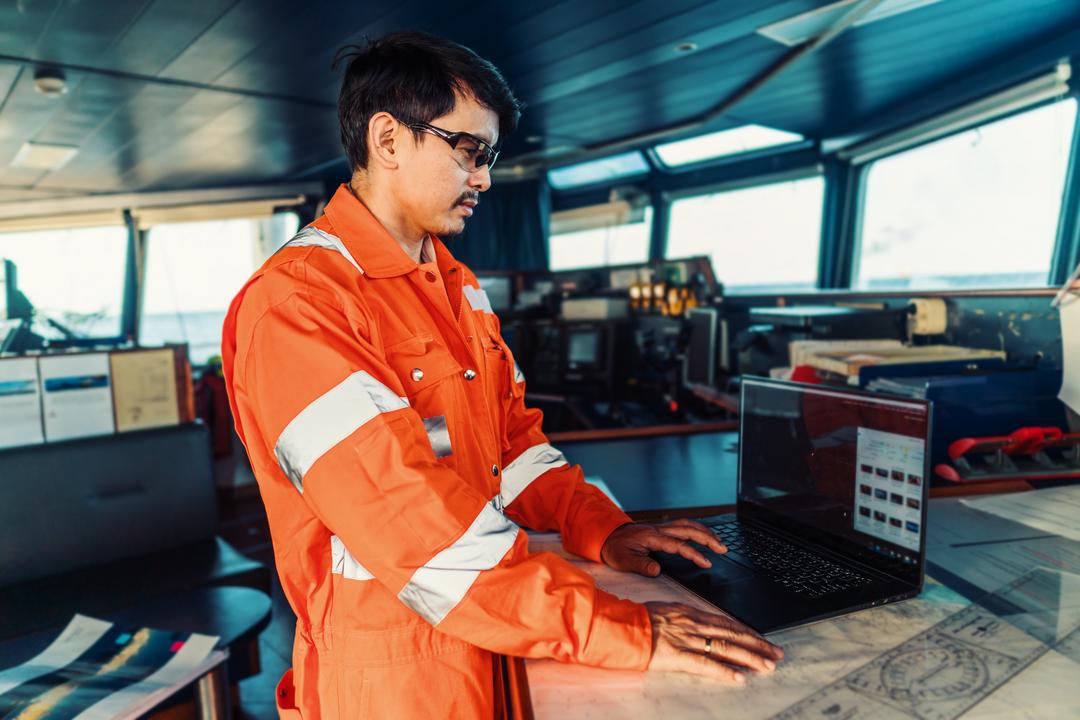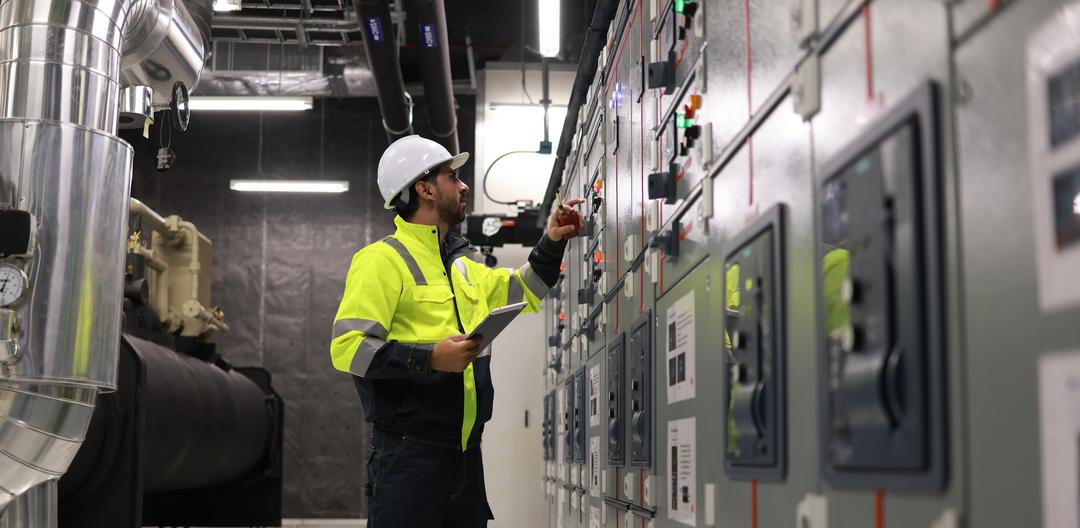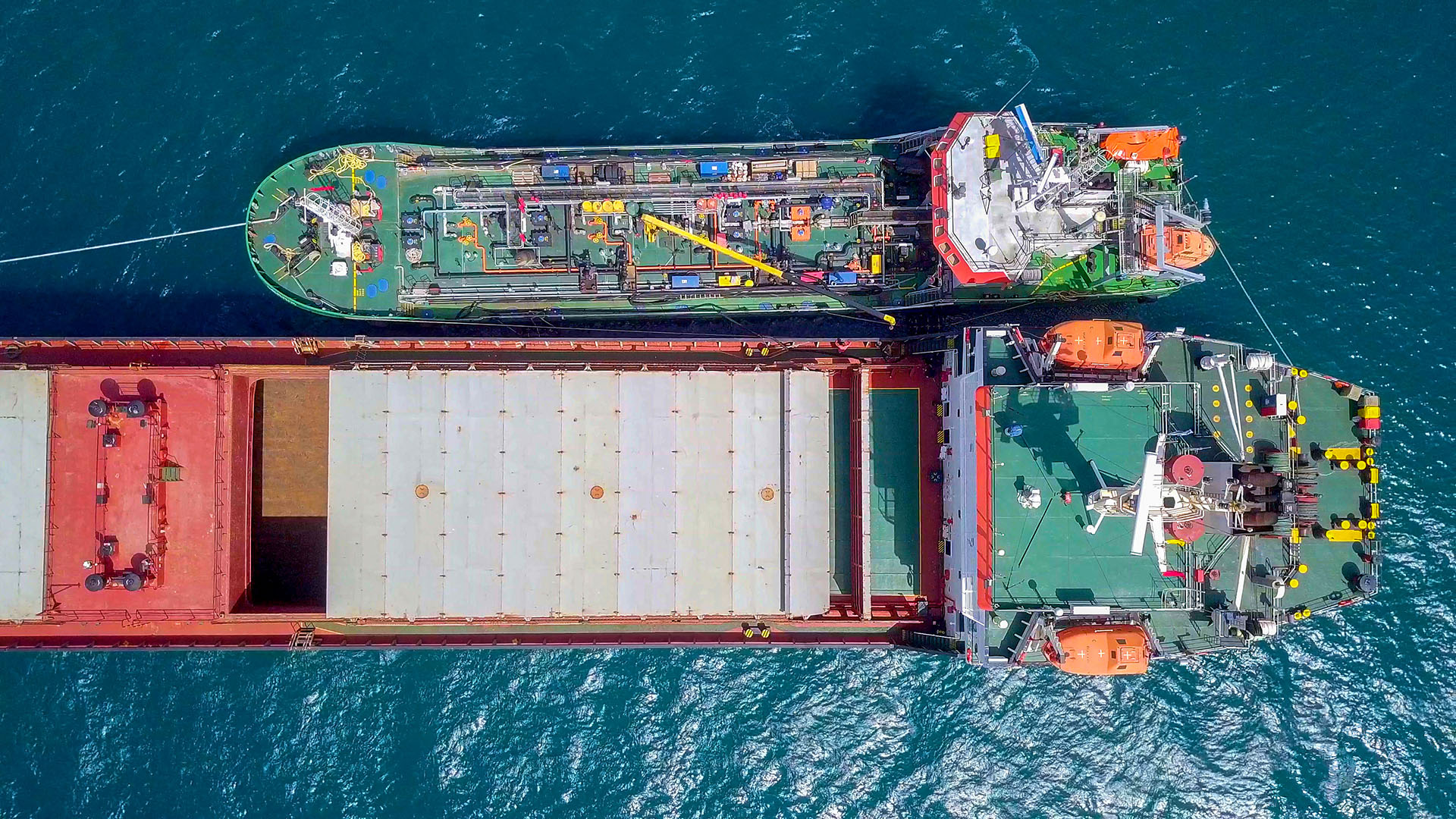The shipping industry has long had multiple regulations focused on curtailing its environmental impact, but 2023 has proven to be a particularly busy year.
It began with the Energy Efficiency Existing Ship Index (EEXI) and carbon intensity indicator (CII) coming into force, which look at how energy efficient a vessel’s design is and how much carbon it produces.
More recently, the International Maritime Organization’s (IMO) ship emissions reduction strategy was adopted at MEPC 80. This included committing to reducing greenhouse gas emissions (GHG) by 20 to 30% of 2008 levels by 2030, rising to a 70-80% reduction by 2040, and net zero at or around 2050. It prescribed that zero or near-zero GHG emissions technologies needed to generate between five and ten percent of international shipping’s energy by 2030. There was also a focus on developing a maritime GHG emissions pricing mechanism.
On top of all of this, the European Union’s Emissions Trading System (EU ETS) is in its fourth phase.
Shipowners and charterers have much to contend with to reduce their carbon footprint and drive sustainability.
How is the maritime industry trying to reduce carbon emissions today?
One calculation suggests that emissions per ship will need to be cut by up to 60% by 2030 to reach the IMO’s new targets, so it is unsurprising that the focus for many people is on making vessels more energy efficient. Broadly speaking, owners and charterers are exploring four ways in which to do so:
Retrofitting: Redesigning hulls, installing propeller boss cap fins and shaft power limitation systems, using scrubbers, wind assistance, and upgrading engines for alternative energy sources are all ways vessel owners can cut emissions. However, the downsides include being capital intensive, vessels sitting idle, challenges around quantifying return on investment, and the time required to complete a retrofit.
New builds: New vessels will play a significant role in decarbonizing shipping, but they are not a short-term solution. Global capacity is at an all-time high, with shipyards reportedly being 87.3% full in 2025 and 80% in 2026. This means there is limited space to meet the demand for new ships by 2030, and that’s with a rise in costs. Research shows that new build prices have increased by over 6% this year.
New fuels: Thirty-five percent of the tonnage ordered in 2022 was alternative-fueled. Yet energy sources like LNG, LPG, ammonia, hydrogen, and methanol have potential safety concerns and questions about energy density. For instance, a gallon of LPG has a diesel gallon equivalent of 0.66, compared with methanol’s 0.45 DGE. Availability and infrastructure issues also mean that new fueled vessels can only use certain routes and port calls. Plus, not all existing vessels can be retrofitted to use new energy sources.
Slow steaming: A 20% reduction in ship speed is estimated to reduce vessel GHG emissions by 24-34%. Yet while slow steaming generally has a positive impact, it isn’t always the most efficient. It can limit the potential for vessel utilization, adversely affect vessels not designed for slow steaming, and there are inconsistencies in how much individual ships save when implementing the approach across entire fleets.
Why do charter party agreements hinder regulatory compliance?
New builds and alternative fuels certainly have a long-term future in driving the decarbonization of the maritime industry. But long-term is the operative phrase; in all likelihood, most of the vessels operating today will still be sailing in 2030, so new builds and fuels can’t meet regulatory targets by themselves.
So, what’s the answer? We believe there is a significant opportunity to help owners and charterers comply with shipping regulations by looking at a part of the industry that desperately needs transformation: the charter agreement.
Most charter parties disincentivize owners and charterers from working together. Penalty-based and reliant on static descriptions, they fail to reflect the realities of operating today.
The introduction of EEXI and CII is changing that. Applicable to all vessels of 400 gross tonnage and above, a ship’s attained EEXI benchmarks its energy efficiency against a baseline for its size and type. It is, essentially, about how the ship is designed, and the attained EEXI must stay below the required baseline for its category.
CII rates the ship’s carbon intensity from A to E, with A being the best. Should a ship be rated D for three years or E for one year, a plan of action must be submitted to demonstrate how it will achieve a C or higher.
The CII rating puts the responsibility for compliance on the shipowner, yet decisions made by the charterer most affect the intensity. So now, both owners and charterers have a stake in how a vessel is designed and used. More owners want ships back in the same rating as when the charter was signed. Yet the agreements are still based on legacy contracts that have existed for years.
How can transformed charter party agreements drive regulatory compliance?
And it is these charter party frameworks that dictate how 80% of the world’s fleet is operated. So if the industry wants to look at the efficiency impacts of vessel design and operations, charter agreements have to be reviewed as well. They need to be written in a way that creates dynamic clauses based on actual performance rather than theoretical, static descriptions.
How will we achieve this? Through improved data collection, data sharing, and aligned incentives. Information collected from sensors on board vessels is standardized and audited by an independent third party and then transparently transformed into insights that empower owners and charterers. Coupled with key performance indicators that actively encourage collaboration.
The insights predict what will happen in day-to-day operations generated by digital twins that combine machine learning and high-frequency sensor data. Producing reports, alerts, and insights, and highlighting optimization potential, this digital twin helps drive technical and operational improvements to increase efficiency and reduce fuel consumption. Both charterers and owners benefit, thanks to greater transparency and aligning commercial and regulatory goals.
How can shipowners and charterers reach emissions reduction targets?
The likelihood is that we will only see more maritime regulations, not less. The onus will be on both stakeholders – owners and charterers – to find new ways to make vessels and their ship operations more efficient.
Much of what the maritime industry is already attempting will have an impact, but initiatives such as new builds and alternative fuels will take years to pay off. Transforming charter parties to enable a more collaborative approach between shipping companies can offer real environmental benefits much faster while helping owners and charterers meet their regulatory obligations. Shipping companies who can make changes now will win in the long term.
To learn more about deploying dynamic, mutually beneficial charter agreements that reduce CO2 emissions, look at Danelec Green Charter. It transforms legacy charter parties – time charters and voyage charters – into collaborative commercial relationships, all to drive better economic and environmental outcomes in the ocean supply chain.




